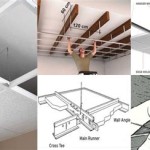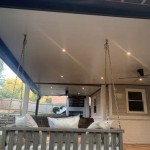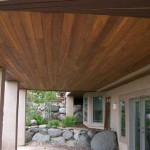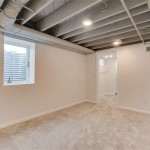Floor-to-Ceiling Mirrors: A Guide to Transforming Your Space in Revit
Floor-to-ceiling mirrors are a powerful design element that can instantly transform the look and feel of any space. They can create the illusion of more space, add light, and reflect the beauty of your surroundings. In Revit, you can easily add floor-to-ceiling mirrors to your designs to achieve the desired effect.
Creating Floor-to-Ceiling Mirrors in Revit
To create a floor-to-ceiling mirror in Revit, follow these steps:
1. Create a new family using the "Mirror" template. 2. In the family editor, draw a rectangle to represent the size and shape of the mirror. 3. Select the rectangle and click on the "Mirror" tool from the ribbon. 4. Adjust the "Mirror Offset" parameter to control the distance between the mirror and the wall. 5. Save and load the family into your project. 6. Place the mirror in your design by selecting it from the "Components" tab.Tips for Using Floor-to-Ceiling Mirrors
Here are a few tips for using floor-to-ceiling mirrors effectively in your designs:
*Maximize natural light:
Place mirrors opposite windows to reflect natural light and brighten the space. *Create the illusion of space:
Mirrors can make a small space feel larger by reflecting the surrounding area. *Add depth:
By placing mirrors at different angles, you can create the illusion of depth and make the space more visually interesting. *Reflect architectural features:
Use mirrors to reflect beautiful architectural features, such as molding, fireplaces, or artwork. *Choose the right style:
Select a mirror style that complements the decor and overall design of the space.Example: Transforming a Living Room with a Floor-to-Ceiling Mirror
Let's consider an example of how a floor-to-ceiling mirror can transform a living room:
* The living room is small and lacks natural light. * By placing a floor-to-ceiling mirror on the wall opposite the window, the room instantly appears larger and brighter. * The mirror reflects the natural light from the window, illuminating the space. * The mirror also creates the illusion of depth by reflecting the opposite wall and furniture. * The overall effect is a living room that feels more spacious, inviting, and visually appealing.Conclusion
Floor-to-ceiling mirrors are a versatile design element that can enhance any space. By incorporating them into your Revit designs, you can create stunning visual effects, increase the perceived size of the space, and reflect the beauty of your surroundings. Experiment with different mirror styles and placements to find the perfect solution for your project.

Ceilings In Revit Tutorial Sloped Ceiling Arc Floor Integrated

Help Place Spaces Up To The Ceiling Autodesk

Mirror On Ceiling All You Need To Know

Revit Understanding Of View Range And Underlay

Sloped Vaulted Ceiling In Revit Tutorial

5 Brilliant Ideas To Use A Mirror In Room Alma De Luce

10 Interior Design S To Transform Space Effortlessly

Interior Lighting In Revit Tutorial

Ceiling Mirrors For Bedrooms Pictures Options Tips Ideas

Shades Of Grey Drawing The Curtain
Related Posts








